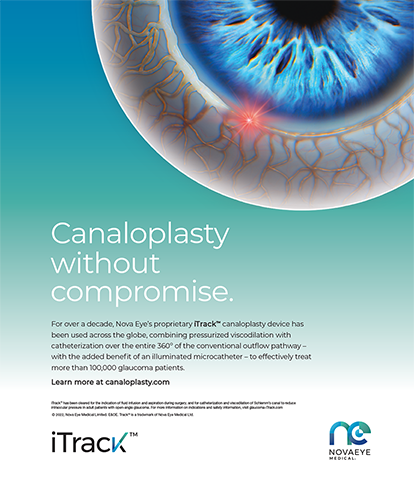If we had no idea what our income was last year, we refractive surgeons would be hard pressed to say if it had been a good or bad year aside from remembering some successful cases. Financially, US tax law forces us to report our income, so we tend to have a fairly good idea of where we stand year to year. We are not required to analyze our clinical data, however, and many of us do not until we recognize a problem (eg, too many overcorrections) or we evaluate a new technology. The rest of the time, we execute surgery the best we can and hope that the majority of our patients are happy with their results. We can do better.
SIMPLE APPROACHES
Data analysis comes in different forms. The simplest and perhaps most practical approach, which I highly recommend, is to have the last 100 charts pulled and to review the outcomes. Are there too many over- or undercorrections? Is there a recurring complication? Are any patterns or trends discernible?
Another simple and useful approach is to review all of the enhancement charts for the past year and to look for patterns. Were there too many undercorrections? Should programming be adjusted?
These analyses do not require time-consuming, expensive data entry, yet they will provide highly useful information for adjusting our treatments to improve our outcomes. Even so, we must remember the adage “garbage in, garbage out.” The key metric here is how to test patients’ vision. Do the visual acuity charts use modern liquid crystal displays/light-emitting diode screens that allow patients to see 20/16 or 20/12 after LASIK? Although many patients see that well postoperatively, our testing staff may stop at 20/20, or our equipment may not allow better testing.
This point is not as superficial as it may seem. A patient who had a distance BCVA of 20/20 preoperatively and has a distance UCVA of 20/16 postoperatively represents a real success in terms of the refraction, the programming, and the surgical technique. Conversely, if the patient had a distance BCVA of 20/16 preoperatively and has a distance UCVA of 20/20 postoperatively, perhaps some part of the procedure could have been improved. Patients love to hear that they see better than 20/20 after LASIK. In my experience, a majority do see this well if they are tested with quality equipment by properly trained staff (Figure 1).
THE NEXT LEVEL
The next level of data analysis is to record all preoperative data and postoperative outcomes in a database. The resources required for gathering and entering these data are significant and could necessitate the addition of a staff member. Even with the appropriate resources, quality follow-up data are hard to obtain, because patients do so well now after LASIK that they are often not inclined to keep their follow-up visits after 1 week or 1 month. The only patients who will surely return for follow-up are those with an imperfect result. For that reason, 3-month follow-up data are often incomplete and negatively biased. If we can overcome these obstacles, our ongoing review of the attempted versus achieved outcomes will permit the tracking and review of outliers (Figure 2).
THE ULTIMATE STEP
The most rigorous approach is a continuous analysis of all patient-related data. Such a massive project usually requires extra staff for data entry and analysis. This level of analysis is typically only undertaken by refractive surgery practices involved in clinical studies or corporate laser centers. Although these detailed assessments are certainly not necessary for every practice, they provide information that is useful for all of us and for the industry in general (Figures 3-6).
Louis E. Probst, MD, is the national medical director of TLC Laser Eye Centers in Chicago; Madison, Wisconsin; and Greenville, South Carolina. He acknowledged no financial interest in the product or company mentioned herein. Dr. Probst may be reached at (708) 562-2020.


